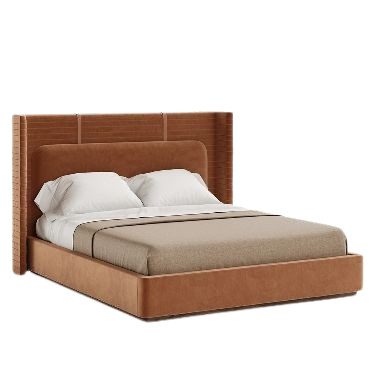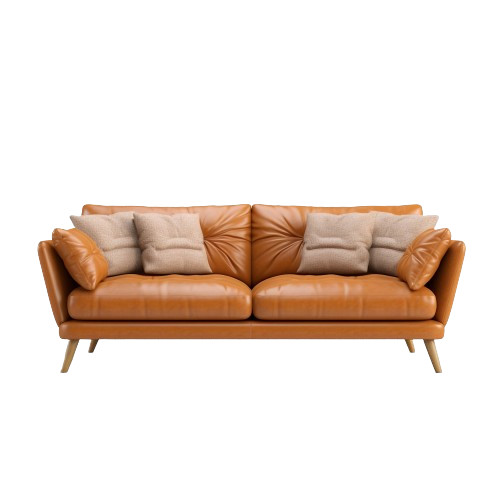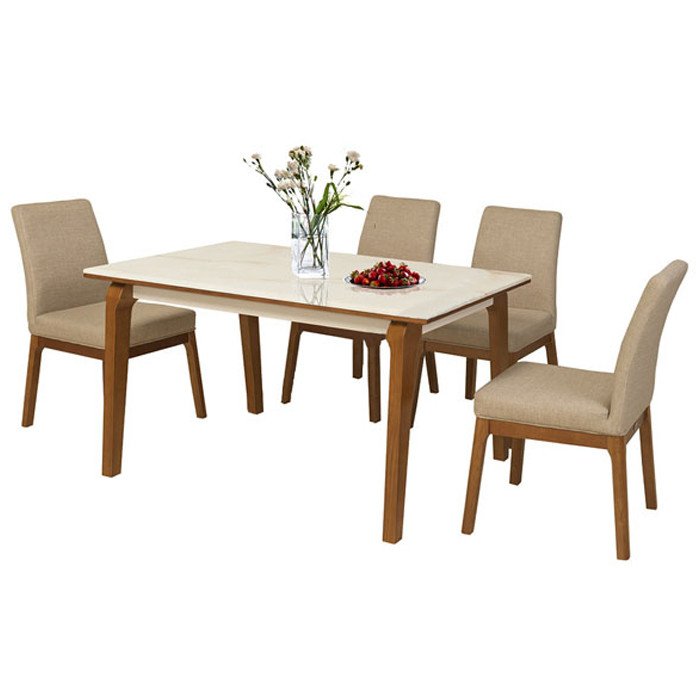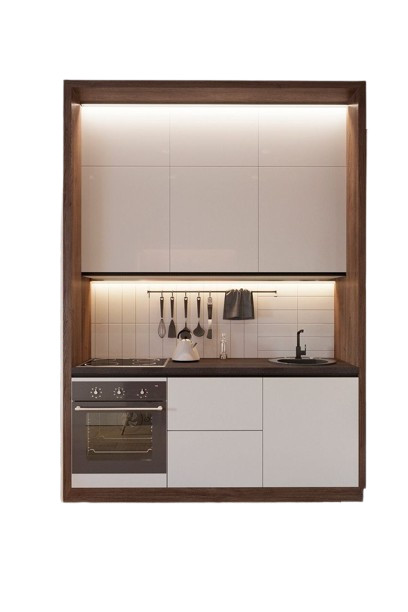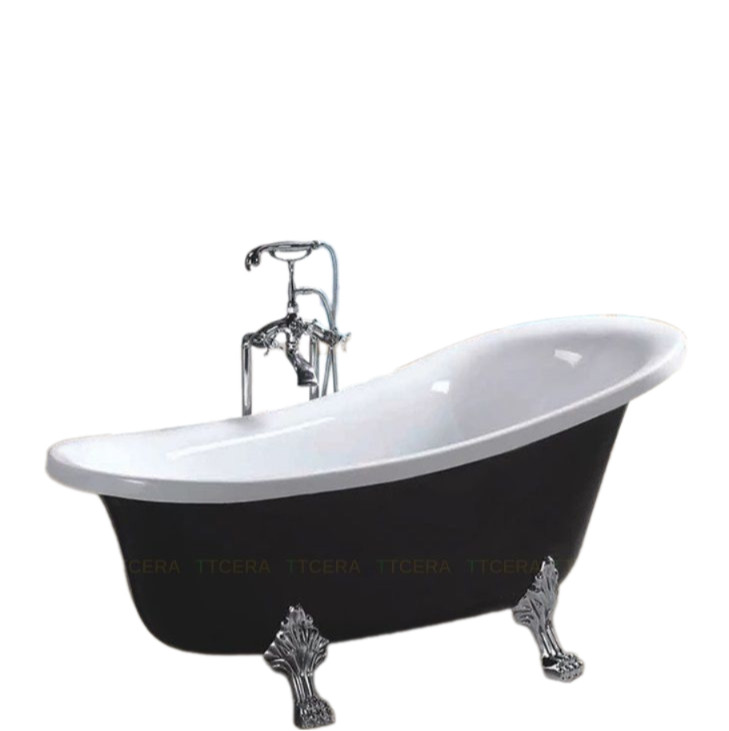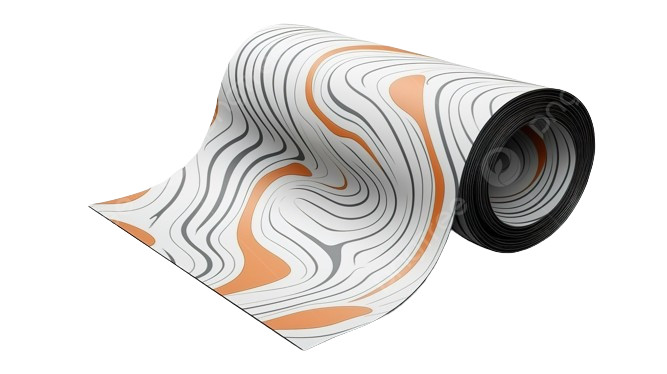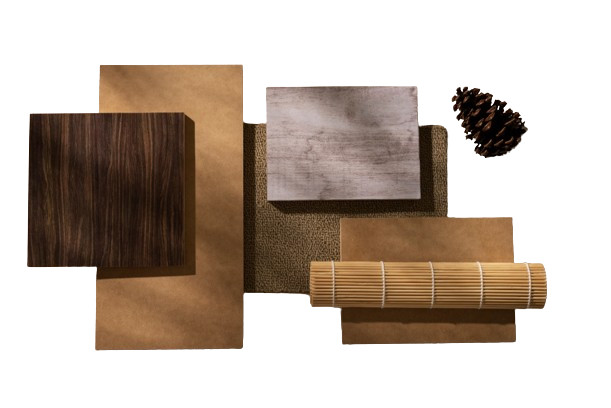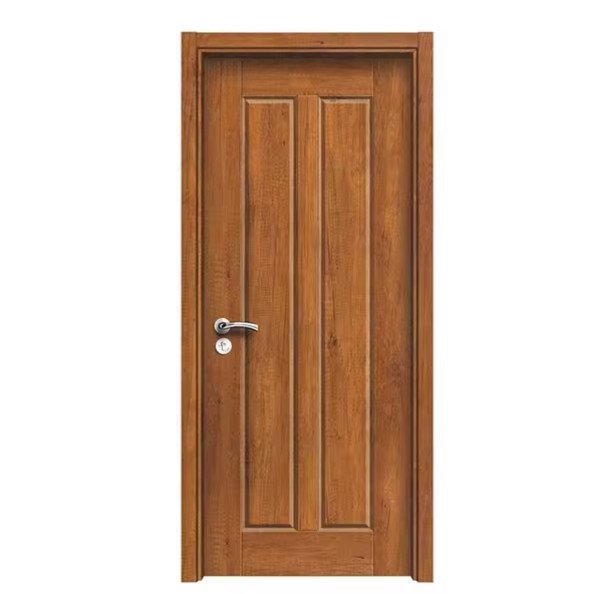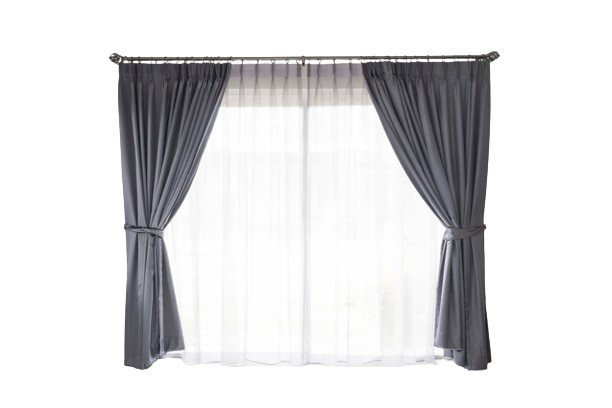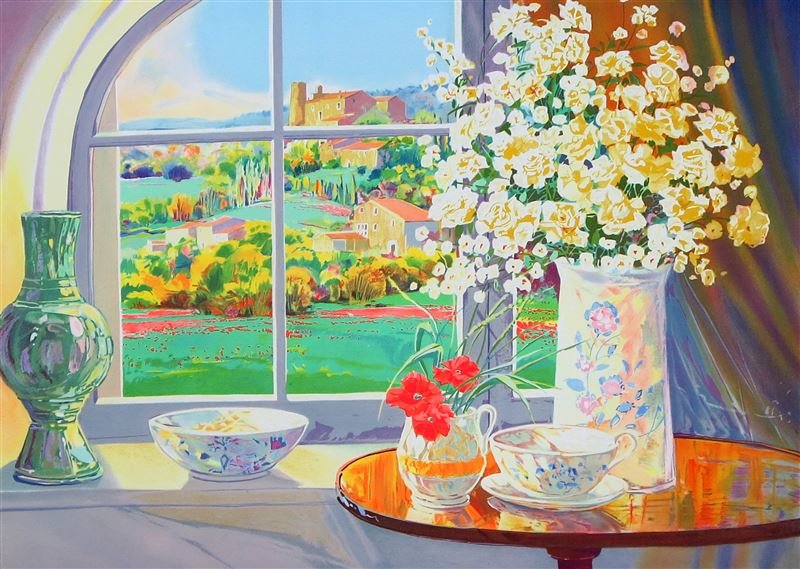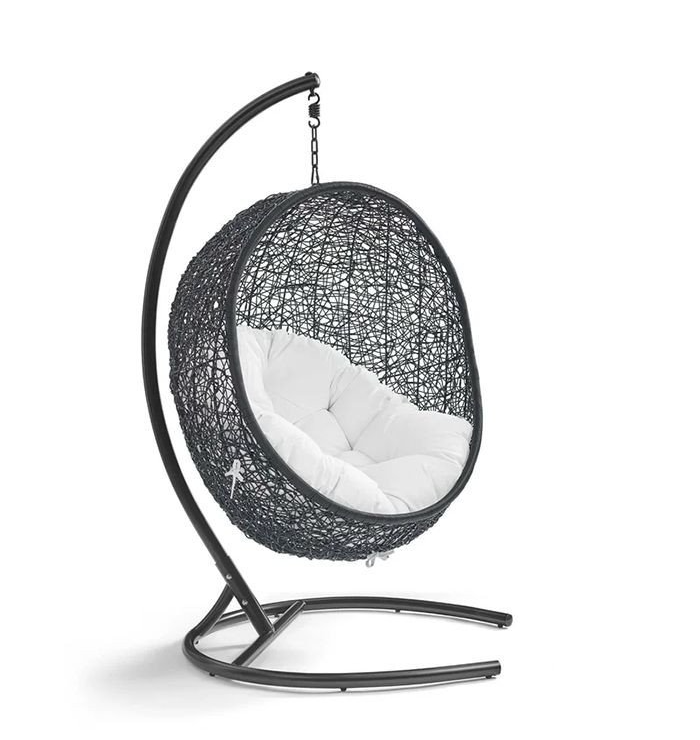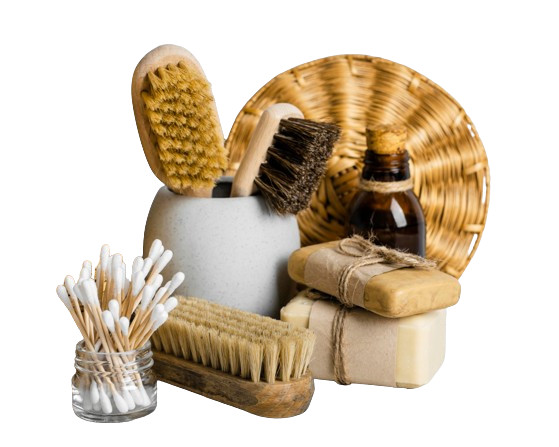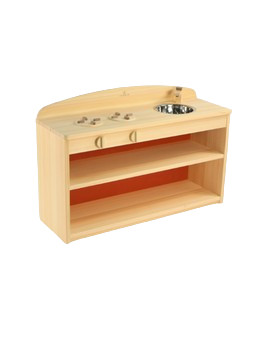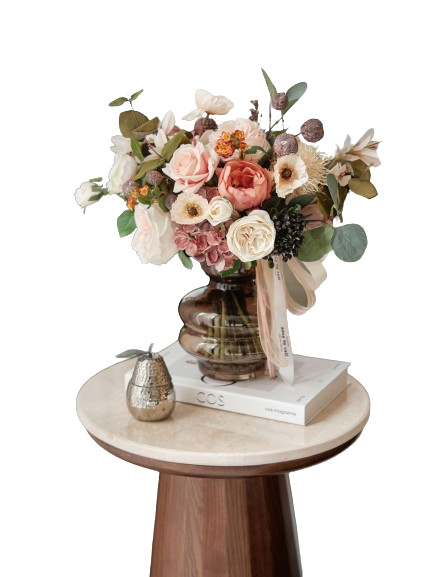INDOCHINE
THE GOLDEN AGE HID BEHIND THE DOORFRAME
Indochine style is the convergence of artistic quintessence from numerous cultures, bearing the imprint of two cultures East - West. This is another design that needs a significant expenditure, but the benefits are always well worth the effort for "gut" homeowners.

The Indochine style is frequently confused with the Colonial style
1. Colors appropriate for tropical climates


To showcase the usual tropical atmosphere while also creating nostalgia, a sense of comfort, and closeness for the homeowner, the predominant hue of Indochine design is frequently pale yellow, or cream yellow... Delicate white tones are also trendy for Indochine walls nowadays. It is both sleek and refined, and it serves as the ideal backdrop for the authentic Indochinese elements to stand out. Colors that stand out are also popular but should be used sparingly.
2. Materials used include wood, bamboo, and cement tiles


If the Industrial design style is distinguished by powerful and personal elements such as steel, black painted metal, and so on, the Indochine style brings a place closer to natural materials and genuine oriental Eastern. Wood with natural veins colored in vivid hues, bamboo and rattan, and cement tiles are among them - durable and aesthetically pleasing materials.
3. Interior: mahogany screen, turn, and ceiling fan
Aside from the standard furniture that serves the owner's and family members' living needs, there is also some Indochine-style furniture such as screens, mahogany, and anti-wood... The turn is one of the most easily recognized Indochine characteristics. Indoor ceiling fans in the Indochina style are also distinct from other styles. Ceiling fans will be an attractive feature for the dwelling area to be more prominent with a huge propeller design, soft curved edge design, and natural materials such as wood, and rattan.

Turns and patterns combine to produce a screen, a distinctive feature of the Indochine style
4. Oil paints and carved patterns serve as decoration
Indochine interior design will highlight the usage of oil paintings above decorative materials on the walls. This is not only a focal point for the room, but it is also an item of high artistic value filled with traditional Vietnamese culture. Furthermore, objects with traditional carved designs, like period motifs or kanji motifs, are in demand. However, in a tiny space, these features must be employed carefully to avoid "messing up" the area's preference for lightness.


To balance out the intricate patterns, employ vegetation, which is also a trademark of tropical aesthetics
ADORN MUSEUM
Location: O-1, TM.01, 1st Floor, Orchid 1 Tower, Hado Centrosa Garden No.200 3/2 Street, Ward 12, District 10, Ho Chi Minh City, Viet Nam.
Hotline: (+84) 28 3930 3428
E-mail: support@adornmuseum.com
Operation time:
8:30 - 17:30, Monday - Friday & 8:30 - 12:00, Saturday

